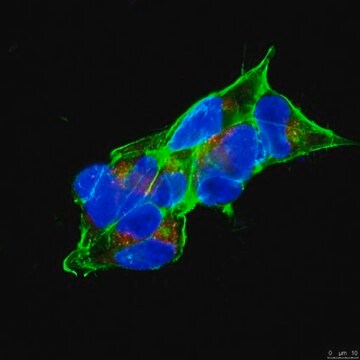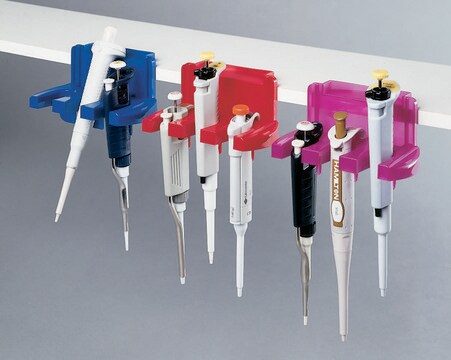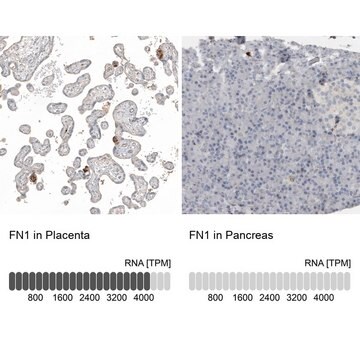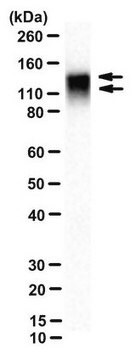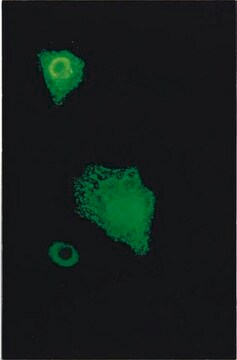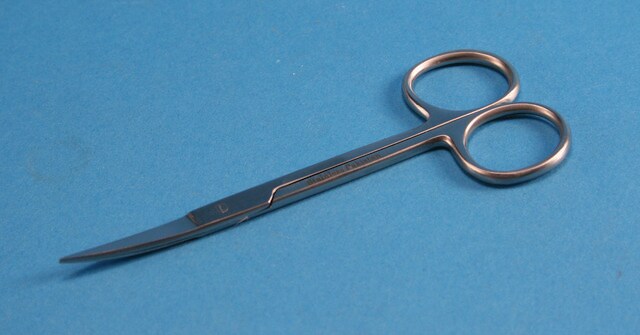MABN852
Anti-Amyloid Precursor Protein (APP) Antibody
mouse monoclonal, 2B3
Synonim(y):
Amyloid-beta A4 protein, ABPP, APPI, Alzheimer disease amyloid protein, Amyloid precursor protein, Amyloid-beta precursor protein, Cerebral vascular amyloid peptide, CVAP, PreA4, Protease nexin-II, PN-II
About This Item
ICC
WB
inhibition assay
immunocytochemistry: suitable
inhibition assay: suitable
western blot: suitable
Polecane produkty
Nazwa produktu
Anti-APP Antibody, clone 2B3, clone 2B3, from mouse
pochodzenie biologiczne
mouse
forma przeciwciała
purified immunoglobulin
rodzaj przeciwciała
primary antibodies
klon
2B3, monoclonal
reaktywność gatunkowa
mouse, human
reaktywność gatunkowa (przewidywana na podstawie homologii)
rat (based on 100% sequence homology)
opakowanie
antibody small pack of 25 μg
metody
ELISA: suitable
immunocytochemistry: suitable
inhibition assay: suitable
western blot: suitable
izotyp
IgG1κ
numer dostępu NCBI
numer dostępu UniProt
docelowa modyfikacja potranslacyjna
unmodified
informacje o genach
human ... APP(351)
Opis ogólny
Specyficzność
Immunogen
Zastosowanie
Inhibition Analysis: A representative lot inhibited beta amyloid production in MOG-G-UVW culture media (Thomas, R.S., et. al. (2011). FEBS J. 278(1):167-78).
Western Blotting Analysis: A representative lot detected APP in Western Blotting applications (Thomas, R.S., et. al. (2011). FEBS J. 278(1):167-78).
Immunocytochemistry Analysis: A representative lot detected APP in Immunocytochemistry applications (Thomas, R.S., et. al. (2013). Neuroreport. 24(18):1058-61).
Neuroscience
Jakość
Immunocytochemistry Analysis: A 1:100 dilution of this antibody detected APP in mouse cortical neurons.
Opis wartości docelowych
Postać fizyczna
Przechowywanie i stabilność
Inne uwagi
Oświadczenie o zrzeczeniu się odpowiedzialności
Nie możesz znaleźć właściwego produktu?
Wypróbuj nasz Narzędzie selektora produktów.
Certyfikaty analizy (CoA)
Poszukaj Certyfikaty analizy (CoA), wpisując numer partii/serii produktów. Numery serii i partii można znaleźć na etykiecie produktu po słowach „seria” lub „partia”.
Masz już ten produkt?
Dokumenty związane z niedawno zakupionymi produktami zostały zamieszczone w Bibliotece dokumentów.
Nasz zespół naukowców ma doświadczenie we wszystkich obszarach badań, w tym w naukach przyrodniczych, materiałoznawstwie, syntezie chemicznej, chromatografii, analityce i wielu innych dziedzinach.
Skontaktuj się z zespołem ds. pomocy technicznej